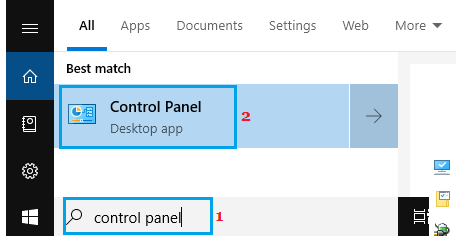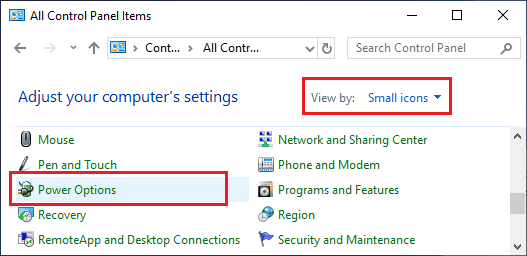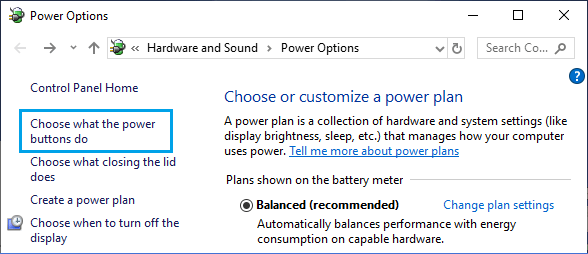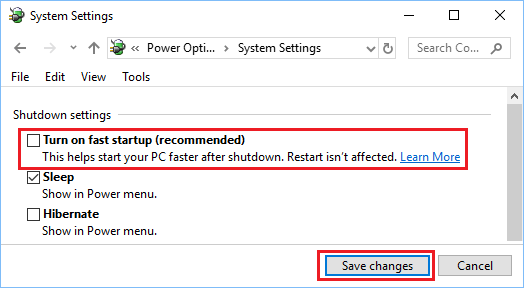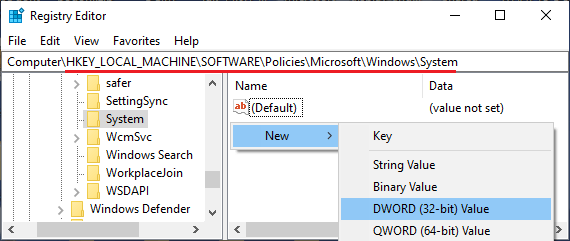Disable Fast Startup in Windows 11
The Fast Startup feature in Windows 11 can sometimes prevent the computer from shutting down properly, which often results in open files not being saved and Updates not being installed during the shutdown process. The Fast Startup is also known to prevent access to BIOS/UEFI settings during Startup, which is another reason for users searching for a way to disable Fast Startup. In case of computers using Dual Boot, users have reported about Files getting damaged or corrupted and even instances of Hard Disk corruption due to Fast Startup. While it is easy to disable Fast Startup, you need to be aware that the Fast Startup feature will get automatically enabled back on your device, whenever the next Windows Update is installed on your computer.
Impact of Disabling Fast Startup in Windows 11
While the Fast Startup feature can provide significant boost to startup times on computers using HDD drives, it has lesser impact on computers using SSD Drives. Hence, if the Hard Disk on your computer is SSD type, you are not going to notice much difference in startup time, after disabling Fast Startup on your computer. In case of computers with HDD Drives, you are likely to notice the delay in startup time. However, Disabling Fast Startup is justified, if it is causing problems on the computer.
1. Disable Fast Startup Using Control Panel
You can also disable Fast Startup by using the Control Panel on your Windows 11 computer.
Type Control Panel in the Seach bar and click on Control Panel Desktop App in the Search results.
On Control Panel screen, switch to Large or Small Icons view and click Power Options.
On Power Options screen, click on Choose What the Power Buttons Do.
On the next screen, scroll down to “Shutdown Settings” and uncheck Turn on fast startup option.
Click on Save Changes to save and implement this change on your computer.
2. Permanently Disable Fast Startup Using Registry
As mentioned above, the Fast Startup feature gets automatically enabled on your device, whenever a Windows update is installed on the computer. You can prevent this from happening by editing the registry. Note: It is recommended that you backup registry files before going ahead with these steps.
Right-click on the Start button and click on Run. In Run Command window, type regedit and click on OK.
On the Registry screen, navigate to HKEY_LOCAL_MACHINE/SOFTWARE/Policies/Microsoft/Windows/System
Right-click in the right-pane and select New DWORD option.
Name the New DWORD as HiberbootEnabled and make sure its value is 0 (which will be 0 by default).
Exit Registry and restart the computer to implemnt this change.
How to Disable Touch Screen in Windows 10/11 How to Start Windows 11 in Safe Mode

